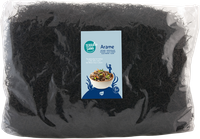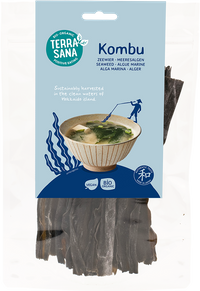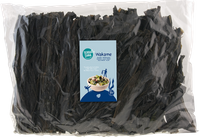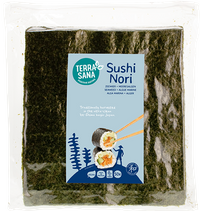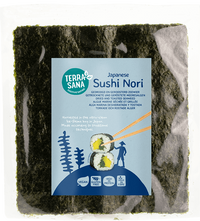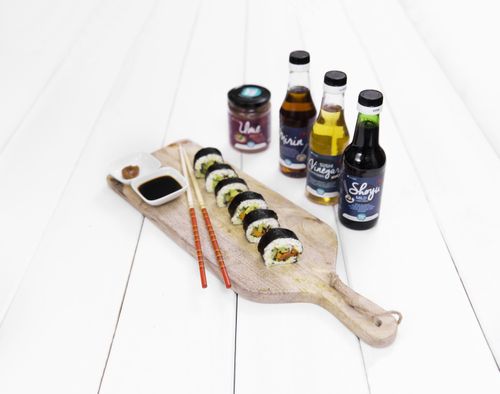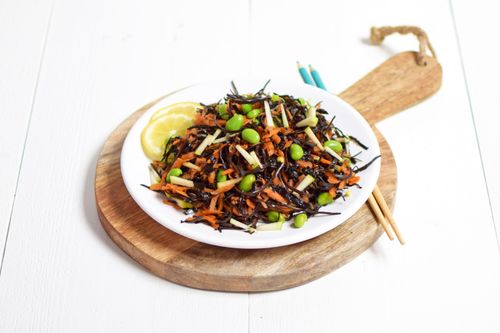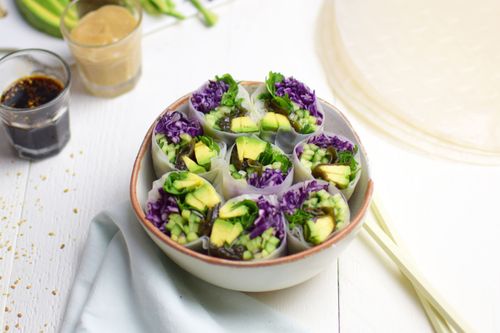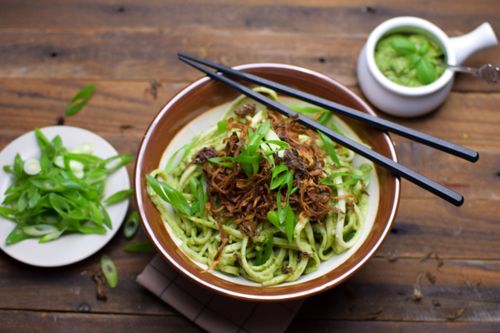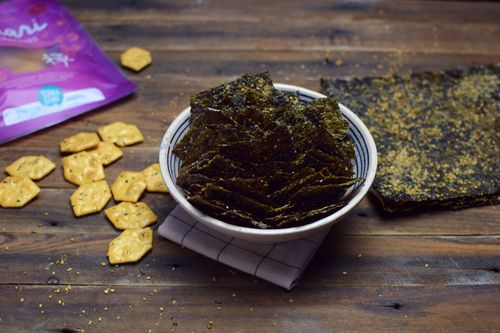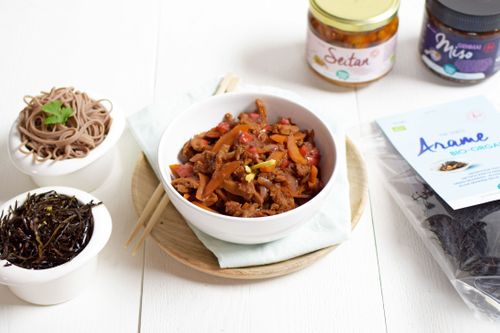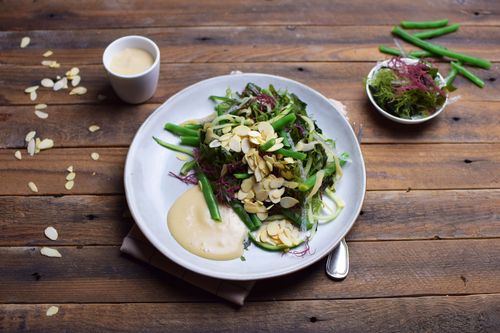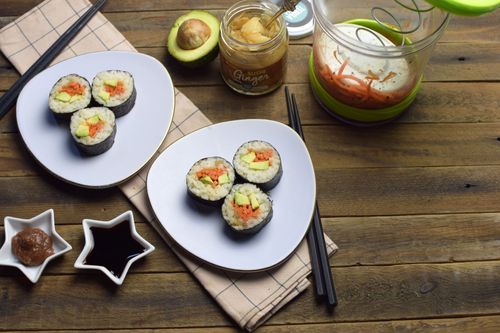Dive into the variety of seaweed types: flavour, origin and use
The flavour of high-quality seaweed
The true essence of seaweed flavor is easily recognizable. However, there can be quite a bit of variation in taste. All our seaweeds carry a pure, aromatic oceanic essence. We strive for minimal saltiness, while maximizing the distinctive Japanese umami taste and the essence of the sea.
Compare seaweed
Except for kombu, all our seaweeds hail from the Ise-Shima bay in Japan. Kombu flourishes best in cold climates, so we harvest it on the northern island of Hokkaido. What most seaweeds share is their compatibility with our Japanese seasonings. Tamari, ginger syrup, ume su, sesame oil, and mirin: they complement each type of seaweed beautifully.
A lineup of seaweed types and algae varieties
Hiziki |
|
| Flavour | Rich umami, authentic seaweed taste |
| Texture | Slightly firm |
| Origin | Hand-harvested from Ise-Shima bay in Japan |
| Pairs well with | Crisp vegetables or fruits like carrots or apples |
| Miso soup | |
| Japanese seasonings like tamari, ginger syrup, ume su | |
| Soak / cook | 10 minutes soaking, 15 minutes cooking |
| Additional | Hiziki is also known as hijiki |
| Very high in fibre (47.2 g per 100 g) | |
Nori |
|
| Flavour | Subtle umami, delicate seaweed taste |
| Texture | Crunchy |
| Origin | Organically harvested in a very clean area in China |
| Pairs well with | Sushi |
| Salads | |
| Noodles or rice (poke bowls) | |
| Soak / cook | Can be eaten as is or toasted |
| Additional | Available in 4 forms – flakes, aonori, untoasted, and sushi nori. |
Arame |
|
| Flavour | Mild, subtle seaweed taste |
| Texture | Sits between hiziki and wakame |
| Origin | Hand-harvested from Ise-Shima bay in Japan |
| Pairs well with | Fresh salads or pickles |
| Japanese seasonings like shoyu, sesame oil, mirin | |
| Crunchy vegetables like radish and carrot | |
| Soak / cook | 5 minutes soaking, 15 minutes cooking |
| Additional | Also referred to as ‘seaweed for beginners’ |
Wakame |
|
| Flavour | Gentle umami, true seaweed taste |
| Texture | Smooth |
| Origin | Hand-harvested from Ise-Shima bay in Japan |
| Pairs well with | Tart ingredients (lemon or pickled cucumber) |
| Miso soup | |
| Soak / cook | 5 minutes soaking, 1 minute cooking |
| Additional | Special organic wakame is also available, as well as instant wakame |
Kombu |
|
| Flavour | Umami |
| Texture | Hard, kombu is typically not eaten directly |
| Origin | Harvested from northern Hokkaido in Japan |
| Pairs well with | Rice |
| Beans | |
| Broth / dashi | |
| Soak / cook | Cook kombu along with a dish |
| Additional | Organic kombu is also available |
| Natural flavour enhancer | |
| Very high in the mineral iodine (19 mg, also written as 19000 µg) |
Seaweed from Ise-Shima
Last year, we explored the pristine, protected Ise-Shima bay in Japan. This is the source of the world’s finest seaweeds. The experience was truly awe-inspiring! We had the chance to witness the careful hand-harvesting of seaweed and its natural growth in the wild. You’re invited to join us on this journey as we’ve captured it for you:


